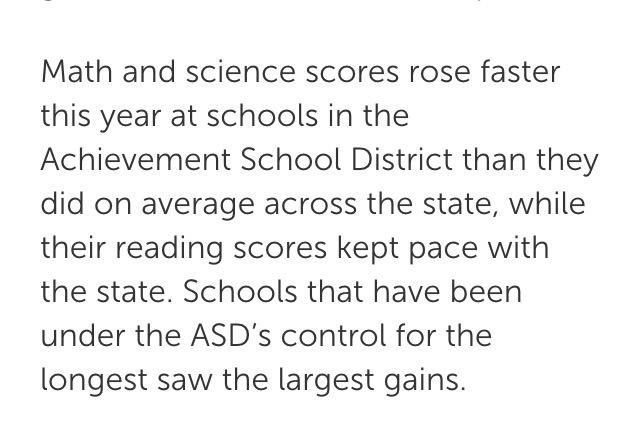While Tennessee teachers are raising concerns about the amount of time spent on testing and test preparation, the Department of Education is lauding the new TNReady tests as an improvement for Tennessee students.
According to an AP story:
However, the survey of nearly 37,000 teachers showed 60 percent say they spend too much time helping students prepare for statewide exams, and seven out of ten believe their students spend too much time taking exams.
“What teachers recognize is the unfortunate fact that standardized testing is the only thing valued by the state,” said Jim Wrye, assistant executive director of the Tennessee Education Association, the state’s largest teachers’ union.
“Teachers and parents know there are so many things that affect future student success that are not measured by these tests, like social and emotional skills, cooperative behaviors, and academic abilities that do not lend themselves to be measured this way.”
Despite teacher concerns, the Department of Education says the new tests will be better indicators of student performance, noting that it will be harder for students to “game” the tests. That’s because the tests will include some open-ended questions.
What they don’t mention is that the company administering the tests, Measurement, Inc., is seeking test graders on Craigslist. And, according to a recent New York Times story, graders of tests like TNReady have, “…the possibility of small bonuses if they hit daily quality and volume targets.” The more you grade, the more you earn, in other words.
Chalkbeat summarizes the move to TNReady like this:
The state was supposed to move in 2015 to the PARCC, a Common Core-aligned assessment shared by several states, but the legislature voted in 2014 to stick to its multiple-choice TCAP test while state education leaders searched for a test similar to the PARCC but designed exclusively for Tennessee students.
Except the test is not exactly exclusive to Tennessee. That’s because Measurement, Inc. has a contract with AIR to use test questions already in use in Utah for tests in Florida, Arizona, and Tennessee.
And, for those concerned that students already spend too much time taking standardized tests, the DOE offers this reassurance about TNReady:
The estimated time for TNReady includes 25-50 percent more time per question than on the prior TCAP for English and math. This ensures that all students have plenty of time to answer each test question, while also keeping each TNReady test short enough to fit into a school’s regular daily schedule.
According to the schedule, the first phase of testing will start in February/March and the second phase in April/May. That means the tests are not only longer, but they also start earlier and consume more instructional time.
For teachers, that means it is critical to get as much curriculum covered as possible by February. This is because teachers are evaluated in part based on TVAAS — Tennessee Value-Added Assessment System — a particularly problematic statistical formula that purports to measure teacher impact on student learning.
So, if you want Tennessee students to spend more time preparing for and taking tests that will be graded by people recruited on Craigslist and paid bonuses based on how quickly they grade, TNReady is for you. And, you’re in luck, because testing time will start earlier than ever this year.
Interestingly, the opt-out movement hasn’t gotten much traction in Tennessee yet. TNReady may be just the catalyst it needs.
For more on education politics and policy in Tennessee, follow @TNEdReport
